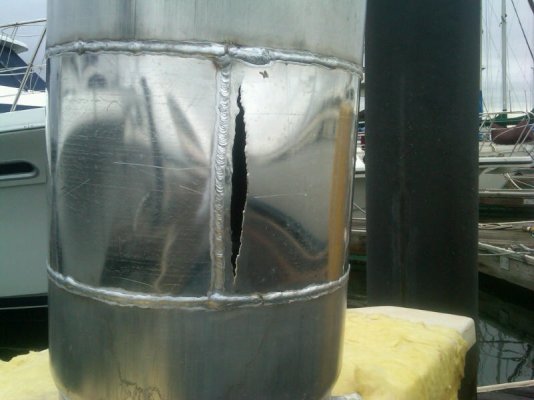jmcdboater
Member
- Joined
- Nov 24, 2013
- Messages
- 20
- Location
- USA
- Vessel Name
- Jim'N'I III
- Vessel Make
- 1990 Sea Ray 440 Aft Cabin
Hi Folks,
My wife & I have been living aboard for about
6 weeks, now. Our vessel is 24 years old and I
Believe our water heater is the original one,
I looked for a date on the tag, could not find a
date. It is an Atwood, out of Rockford, Ill.
It is 120 volt, so we realize that limitation, but
We just aren't much hot water, so I figure it's just
plain WORN OUT!
Does anyone out there know anything about Atwood
units?
We're planning to install a new unit, probably a 17
gallon unit (provided it fits).
Any recommendations for or against any particular
Manufacturer?
Thanks alt,
JIM'N'I III
My wife & I have been living aboard for about
6 weeks, now. Our vessel is 24 years old and I
Believe our water heater is the original one,
I looked for a date on the tag, could not find a
date. It is an Atwood, out of Rockford, Ill.
It is 120 volt, so we realize that limitation, but
We just aren't much hot water, so I figure it's just
plain WORN OUT!
Does anyone out there know anything about Atwood
units?
We're planning to install a new unit, probably a 17
gallon unit (provided it fits).
Any recommendations for or against any particular
Manufacturer?
Thanks alt,
JIM'N'I III


